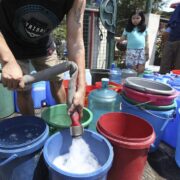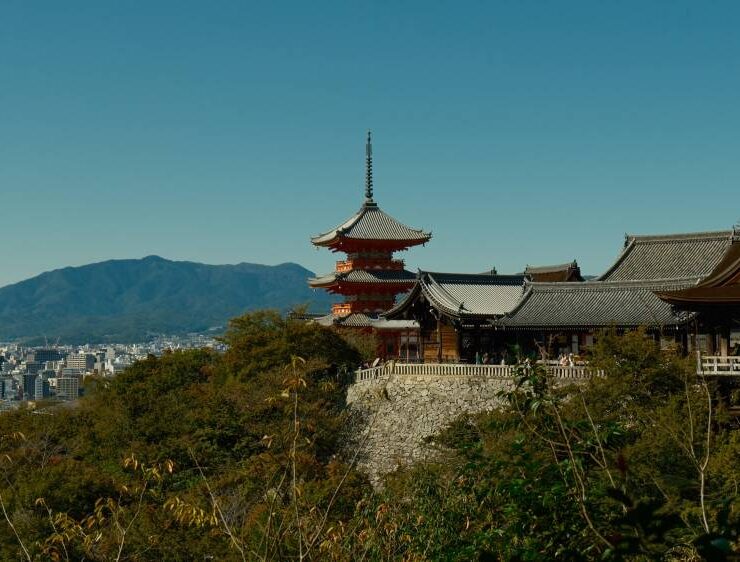Why you shouldn’t skip Nueva Vizcaya on your next trip up north
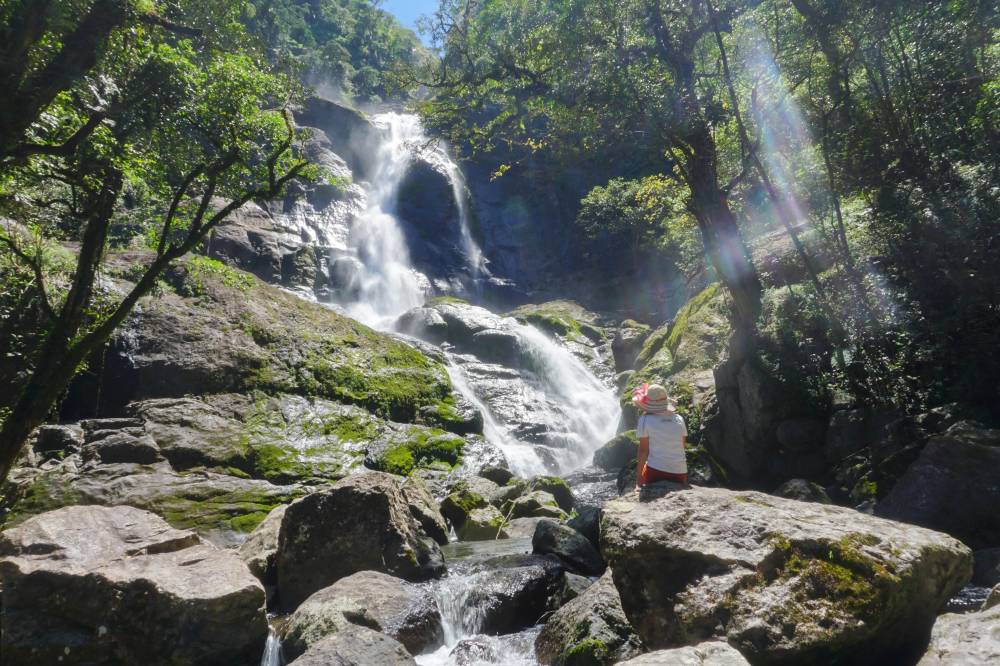
The year started vibrantly for Nueva Vizcaya when it was named a first-class province. The provincial income has increased the past years in part due to the growing local accommodations and food service industries across municipalities, which have helped attract more visitors to this land-locked province.
This development, including efforts to improve tourism across all its 15 municipalities, has pushed Nueva Vizcaya past its reputation as just a “gateway to Cagayan Valley.” The opening of more restaurants, hotels, home stays, and even camping sites in or near the town centers and tourist sites after the pandemic encouraged more visitors to stay a day or two and explore the natural beauty of Nueva Vizcaya. In 2024, it welcomed 194,000 foreign and domestic tourists, nearly double the number of visitors in 2022.
Nueva Vizcaya has probably some of the greenest adventures one can experience this side of Luzon, thus its slogan “Naturally Vibrant.” Composed of 80 percent forest land and watersheds and surrounded by three major mountain ranges—Caraballo to the south, Sierra Madre to the east, and Cordillera to the west. the province teems with mountain trails, scenic views, waterfalls, caving systems, vegetable and fruit farms (they grow strawberries here), and quiet paths waiting to be explored.
Melting pot
Capitalizing on its already established eco-tourism activities such as caving, camping, and mountaineering, the province started introducing family-friendly and nature-inspired adventures like citrus-picking, paragliding, water-tubing, and birdwatching.
Bounded by Benguet to the west, Nueva Ecija to the south, Pangasinan to the southwest, and Aurora to the east, Vizcaya is also known as a melting pot of different ethnicities, making it a culturally diverse province. Nueva Vizcaya is home to 18 indigenous peoples, including Gaddang, Isinay, Bugkalots, and Kalanguyas, all influencing the food and many traditions of the province.

Historically, the province has a rich past, having been under Spanish rule (it was named after the people living in the coast of Mar de Vizcaine in Spain) in the 1600s, American rule in the 1900s, and Japanese rule during World War II.
Dalton Pass in Santa Fe (now called Balete Pass), the scenic, zigzag road that connects Nueva Ecija and Nueva Vizcaya, was the backdrop of a bloody three-month battle between the occupying Japanese soldiers and joint Filipino guerillas and American Allied soldiers, where around 17,000 combatants died.
Old Spanish churches located in the different municipalities, and war remnants such as preserved battle tanks, are now popular tourist sites in the province.
From Manila, Nueva Vizcaya is 250 kilometers away, and it takes 6-8 hours to get here by car or bus. From its southernmost entry point, travelers pass through the historical Dalton Pass to enter Santa Fe, the first municipality after Nueva Ecija. From Baguio, Nueva Vizcaya is just four hours away via the Vizcaya-Benguet road, entering the municipality of Kayapa.
October to May are the best months for outdoor activities, when the weather is drier and the air cooler. Its proximity to Benguet means chilly weather from December to March, so don’t forget your jackets as temperatures can drop to 14 degrees Celsius during this time.
If you’re visiting Nueva Vizcaya for the first time, you can start with these municipalities to experience slow adventure to hardcore activities.
Capital town
The capital town of Bayombong is a quiet, walkable place despite rising modernity and an increasing number of establishments. While cafes and restaurants have mushroomed since the pandemic, there are no big malls to obscure the mountain views, and fast food chains are few.
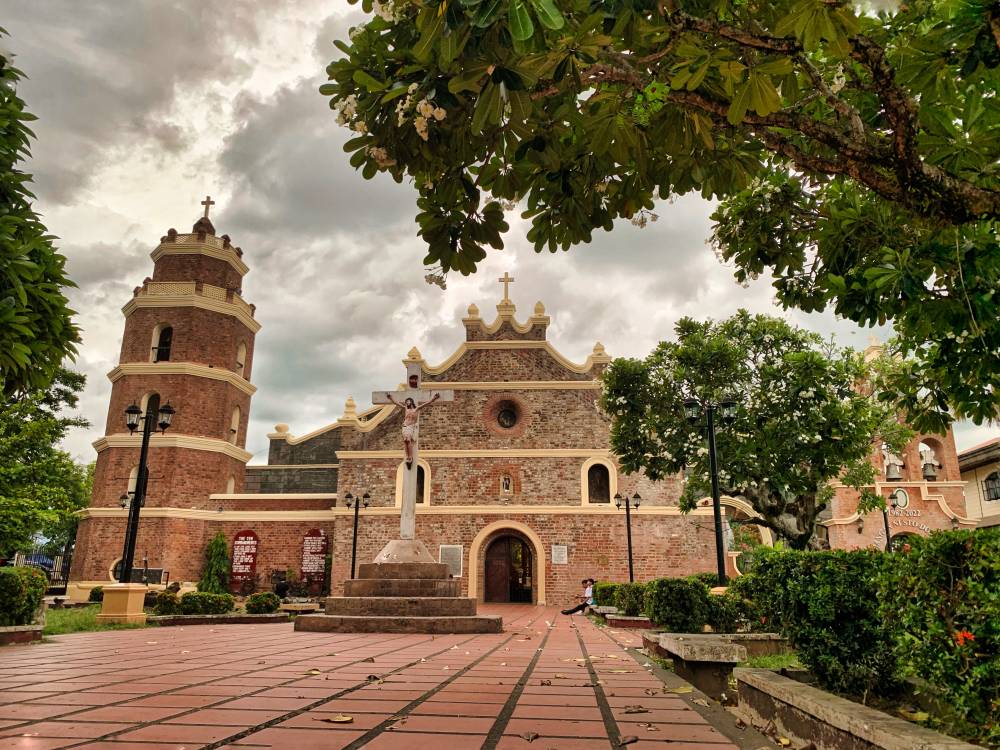
To get acquainted with the town, head to the center where the 18th-century St. Dominic’s Cathedral proudly stands. Have your photo taken in front of its brick-walled facade where, a few steps away, centuries-old kalachuchi trees still stand. Adjacent to the church is the newly renovated People’s Museum & Library, a new skatepark, and a Children’s Park with a corner café with great views of the majestic cathedral.
If you’re visiting Nueva Vizcaya in May, you will want to be nowhere else but in Bayombong for the Grand Ammungan Festival. This is an annual celebration of the province’s founding anniversary (it’s turning 186!) which will be held on May 22-24 this year.
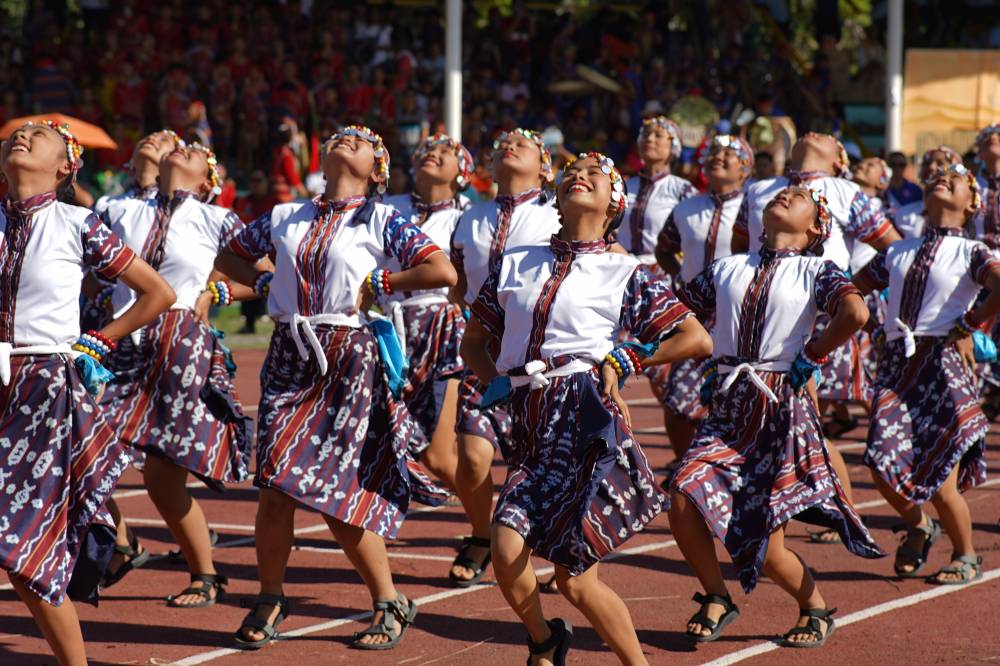
Ammungan is a Gaddang term which means “coming together.” The event traditionally opens with a watwat ritual, a customary thanksgiving practice where pork meat cooked in large vats or watwat is shared among members of the community. Yes, tourists can partake of this local feast and experience Vizcaya’s unique way of welcoming its visitors.
Ammungan is a chance to learn about what Vizcaya has to offer packed in three days of activities, most of which are held at the Provincial Capitol grounds. Get a taste of the diverse local cuisine and food of all 15 municipalities at the Nueva VEATzcaya Food Fiesta where you will likely encounter kiniing or smoked meat similar to the Cordilleran etag; piniwak, a native chicken stew from the Ifugao-Tiwali tribe; and Binakle, Kasibu’s kakanin with peanuts.
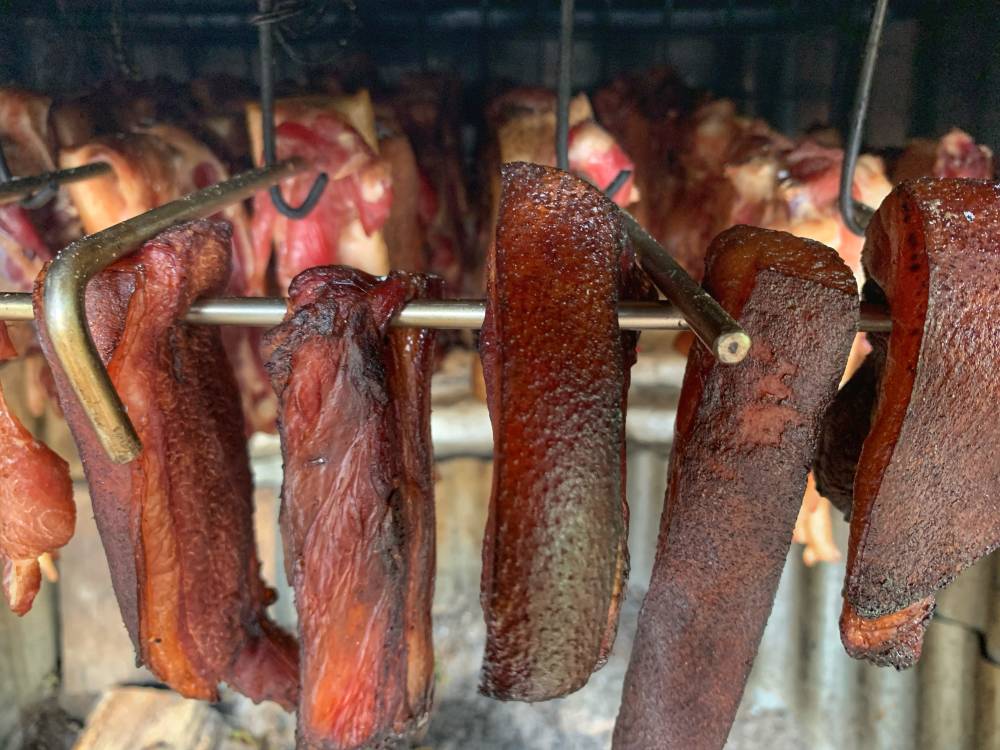
For the first time this year, the province will hold a coffee festival, Kape Art Iba Pa, where local coffee connoisseurs will show off their brewing and latte art-making skills using only local beans. It’s a long overdue event, since Vizcaya has had a thriving coffee bean industry, particularly in the municipalities of Ambaguio and Kasibu.
For woven textile collectors, the Habi Vizcaya Weaving Exhibit and Trade Fair is where they would want to be. Check out modern and traditional weaves proudly produced by weavers from the towns of Kasibu, Bagabag, Quezon, and Dupax Del Sur.
A highlight of the festival is the street dancing parade that matches Iloilo’s Dinagyang and Cebu’s Sinulog. Each municipality goes all out in props, costume, and choreography for this event, making sure visitors get to see a representation of the different indigenous tribes of the province through music and dance.
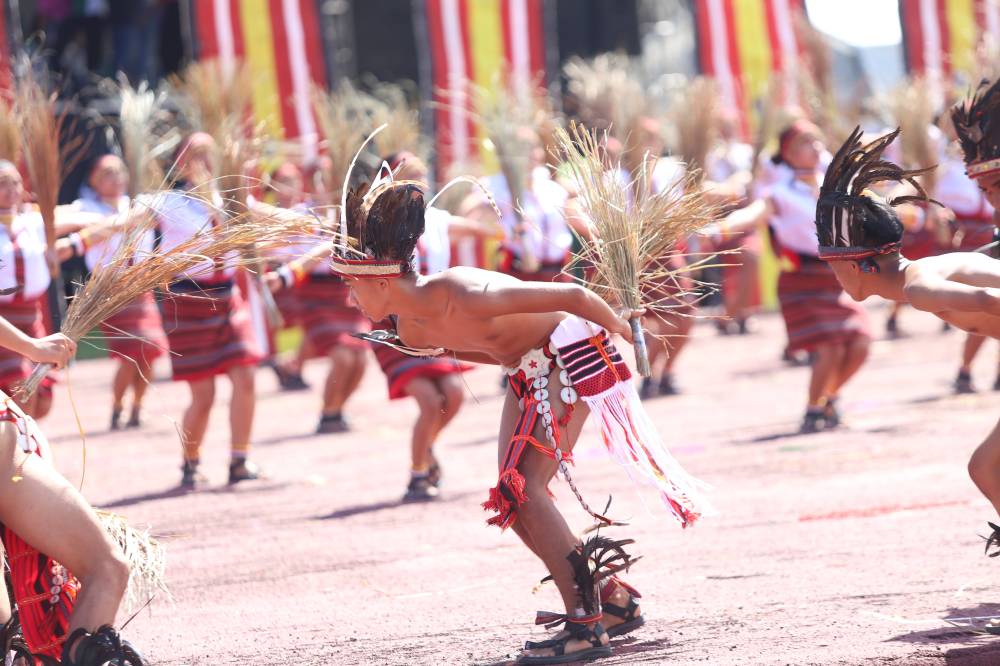
Wellness farm
To get some quiet time after the festivities, head to Nueva Vizkawa Wellness Farm located in Barangay Magapuy, 20 minutes away from the town center. Check out the affordable massage packages that include a 30-minute hot soak in their signature kawa or vats.
The farm is also the meet-up point for the newest adventure in town, paramotoring. It’s a sport similar to paragliding except that it’s powered by a motor that allows flyers to take off from flat ground instead of a high point like a mountain. For a full 15-minutes, you can explore Nueva Vizcaya from the air, appreciating the mighty Magat river below and 360 degree mountain views.
Behind this newest activity is Violet Lucasi of Nueva Vizcaya Paragliding, the same spunky lady and social entrepreneur who helped make Nueva Vizcaya known for its paragliding adventure since she introduced the aerial sport in Ambaguio in 2019.

Thirty minutes away from Bayombong is Ambaguio, a quiet farming town known as the gateway to Luzon’s third highest peak, Mt. Pulag. For decades, the town attracted mostly hardcore mountaineers, but new eco-tourism activities, particularly paragliding, have made it one of most popular tourist sites in Cagayan Valley, thanks to the tireless efforts of Lucasi who trained pilots belonging to several indigenous tribes of the area such as the Kalanguya, Ibalois, and Kankanaeys. Actor Ian Veneracion is a regular visitor and has described the place as “the best flysite in the Philippines.”

Gliding from the hills of Barangay Tiblac, you get full views of the mountain ranges, Bayombong town, and farmlands below. Not far from the paragliding site is Skyscape 360, a café and view deck with sweeping views of the town of Bayombong. Rising soon in Ambaguio is the Skyport, which will further push paragliding as a flagship activity of the province while also serving as a jump-off point for other adventures and activities that can be experienced in Ambaguio such as water tubing in Matuno River and hiking Gulon Peak and Mt. Pullol.
Caving in Kasibu
Kasibu, 1.5 hours drive from Bayombong, offers a combination of high-impact adventure and chill, low-key activities. One of the most beautiful and pristine municipalities of Vizcaya, it has whole range of nature-inspired activities such as caving, hiking, birdwatching, citrus-picking, and waterfall bathing. It has also recently revived its local weaving industry through the establishment of Mun-Abol, which incorporates the citrus as Kasibu’s signature weave design.
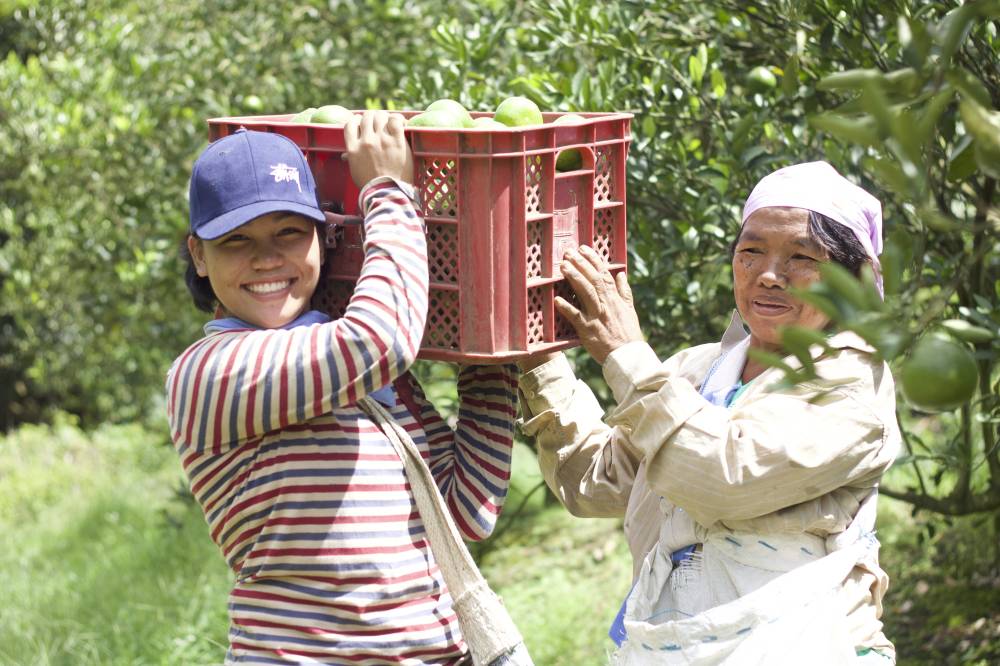
The most popular tourist site in all of Nueva Vizcaya, Capisaan Cave, is located here, specifically in Barangay Capisaan. It is the fifth longest cave system in the country at 4.2 kilometers, and geologists and spelunkers have dubbed it a “geologist’s paradise” because of its well-preserved and pristine condition despite hosting a big number of tourists yearly.
Capisaan Cave is a living system boasting 10-foot-high cathedrals, helictite-filled chambers, calcite formations, and flowstones, making it a visual delight even for the most amateur spelunkers. Seasoned tourist guides are available in the area for short tours and extensive exploration of the whole cave system which takes four hours to navigate.
A stone’s throw away from Capisaan Cave is the Capisaan Nature Eco-Walk Trail, where birdwatching is a highlight. The flora and fauna here are well-documented since 2012 by environmental scientist and Nueva Vizcaya State University associate professor Jayson Caranza. He has recorded 80 bird species in the area such as Black-naped Monarch, White-fronted Tit, Scale-feathered Malkoha, and Luzon Hornbills.
Every March, the migratory Gray-faced Buzzards come here to roost before heading back to their homes in Japan, Russia, and China. Bring your best binoculars and maybe a folding chair as you are expected to chill for hours, watching different bird species flit from one tree to another, feasting on the fruits of Ficus trees.
Apart from caving, Kasibu is also a cataractophile’s paradise. The municipality has 12 identified waterfall spots and seven are open to the public. Getting to each requires zero to high-level hiking skills. Edralin Falls in Barangay Antutot is just a few steps away from the main road of Kasibu and the most popular among locals and tourists. If you’re hoping for fewer crowds, then Cambulo Falls and Machelet Falls in Barangay Biyoy are great alternatives, along with Namanaan and Alimidin Falls which are nearer the población.
July to November is citrus season and Kasibu has the largest citrus plantation in this part of Luzon. It has been growing the popular Satsuma variety (Japanese orange) and Poncan for the last 30 years on 529 hectares of land in Malabing Valley. For its significant citrus production which is distributed all over Luzon, the Department of Agriculture named Kasibu the “Citrus Capital of Luzon” in 2022.
Every August, the town holds its Citrus Festival, highlighted by a parade and sports fest. Locals, on the other hand, open their farms for citrus picking to visitors — a perfect way to end a trip here on a sweet and tangy note.









